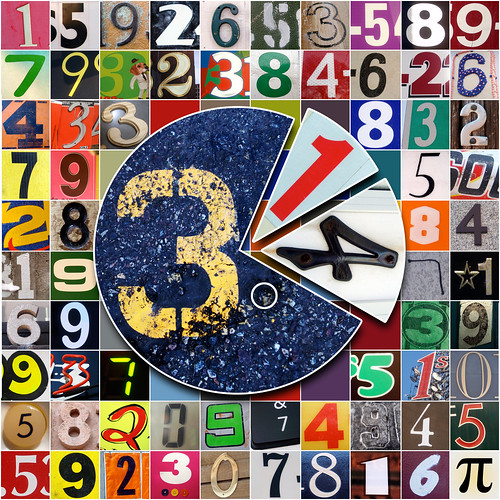A Party for ‘Smarties’
These parties are great fun,
but students have to work for their reward!
I plan to have mine on Friday at the end of Maths Week
You will need a small box of mini ‘smarties’
(66kcal per box) for each child in the class.
I usually buy two multipacks containing 20 boxes approximately.
I time this lesson for just after the children’s own lunchtime.
It is important to check if any child is allergic to chocolate.
They can have jellies instead perhaps.
Before the children can eat the sweets
they have to do some work.
Here are some suggestions:
You might want to use just SOME of them!
The activities chosen will depend on the age of the children.
General Observation
Look at the box
Can you find the list of ingredients?
How many ingredients are there?
What are they?
Are you surprised by any of the ingredients?
What do you think red cabbage is used for?
What other ingredients give the colours do you think?
What do you think the beeswax does?
Did you know spirulina is a seaweed?
It gives a blue colour.
There is information on the back of the bag
about other natural colouring used.
What percentage of these sweets is milk chocolate?
What percentage is the rest of the ingredients?
Who is the manufacturer of these sweets?
Shape
What shape is it? (cuboid)
How many faces has it? (6)
How many edges? (12)
How many corners? (8)
Open up the box.
What shapes can you find?
How many rectangles are there?
Number
Pour out the contents.
Are the colours of the contents similar to the colours on the box?
How does the size compare?
Estimate the number of sweets in your box.
Now count them.
How close was your estimate?
How many sweets does each child have?
Are there the same number in each box?
Why do you think this happens?
Who had the most sweets in their box?
Who had the least?
Can you work out the average number of sweets in each box?
There are approximately 20 boxes of sweets in each minipack.
Can you estimate how many sweets are in a full minipack?
With a younger class you can practise
adding and taking away using the sweets.
There is also potential for talking about
– tens and units
– and sharing/division.
Data
Count the different colours.
How many colours are there?
How many yellow sweets have you in your box.
How many red? pink? orange? green? purple etc.
Lay them out like a pictogram.

Smarties Graph #3 by Sneeu on Flickr
Which is the most common colour in each child’s box?
Which is the most common colour in all the boxes?
The children can create patterns
and pictures with the contents of their box.
And that’s not all!
Probability
A Lesson on Probability from ehow.com
Fractions
Fractions on primaryresources.co
Language
If your class can resist eating the sweets
for this length of time you can talk about
– the five senses:
sight,
taste,
touch,
sound (of the sweets rattling in the box)
and smell (there isn’t one.. initially at any rate!)
– Words to describe the
sensation of the sweets dissolving
or crunching in the mouth.
texture
taste
Sometimes too there are jokes or riddles
on the back of the box.
Music Potential for work on ‘composition’
using voice and sweets in their box
as a percussion instrument.
Science
You could also talk about
the journey the sweets will make
through the digestive system.
and the job saliva does in the digestion process
How long can you make a sweet last in your mouth?
Mindful of healthy eating concerns
I restrict giving out sweets to twice in the year:
Maths Week when the class earn a ‘Party for ‘Smarties”
as ‘Golden Time’ for hard work and good behaviour.
We will also have a pirate themed treasure hunt
in the Summer term where the ‘treasure’ will be edible.
‘All you need is love,
but a little chocolate now and then doesn’t hurt’.
Charles M. Schulz


